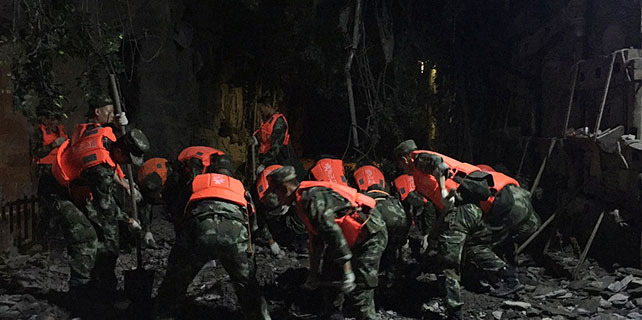Journey to the Lake of Heaven
|
Autumn at Lake of Heaven 1997. [Photo by Bruce Connolly/chinadaily.com.cn] |
In 1987 my China experience amounted to a corridor of land north to south along a railway via Beijing to Hong Kong. That year I also had come upon a photo of a lake surrounded by glacial mountains. The caption indicated Northwest China but to me it more resembled Switzerland or western Canada. It was the 'Lake of Heaven' (Tianchi) in Xinjiang and it was instantly added to my 'must visit' list, an achievement not fulfilled until Oct 1, 1997.
An early assumption had been that far western China was desert, such as the Taklamakan. Much of Xinjiang is indeed an extreme, often waterless environment with settlement generally restricted to oases and irrigated areas. However part of the region lies within a major geologically active zone. Plate tectonics, where the Earth's structural plates collide, have pushed up extensive fold mountain ranges across much of Central Asia, including Northwest China. Such high altitudes have colder temperatures, encouraging condensation of atmospheric moisture to fall as snow, accumulating into ice fields from which glaciers emerge. Meltwater flows from the ice to surrounding semi-arid lowlands, allowing intensive farming, such as on the slopes of Tianshan, the Mountains of Heaven. Xinjiang is famed for its fruits, including grapes. Its melons are renowned.





















